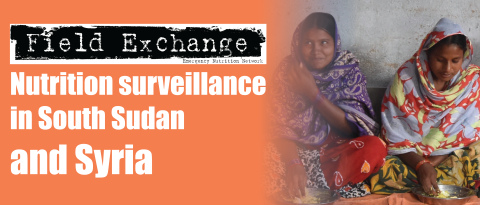Alternative ready-to-use therapeutic food yields less recovery than the standard for treating acute malnutrition in children from Ghana
Research snapshot1
Only 20% of children with severe acute malnutrition (SAM) have access to ready-to-use therapeutic food (RUTF), the cost of which limits its accessibility. This randomised, double-blind controlled, clinical-equivalence trial compared the effectiveness of an alternative RUTF with standard RUTF in the home-based treatment of children aged 6 to 59 months with uncomplicated SAM and moderate acute malnutrition (MAM) in Ghana. Study participants were recruited at 29 clinics throughout five districts in the Brong Ahafo region. Alternative RUTF was composed of whey protein, soybeans, peanuts, sorghum, milk, sugar and vegetable oil. Standard RUTF included peanuts, milk, sugar and vegetable oil.
Analysis, conducted on an intention-to-treat basis, revealed that of the 1,270 children treated for SAM or MAM , 516 of 642 (80%) receiving alternative RUTF recovered (95% CI=77% to 83%) and 554 of 628 (88%) receiving standard RUTF recovered (95% confidence interval [CI]=85% to 90%). The difference in recovery was significant at 7.7% (95% CI=3.7% to 11.7%; p=<0.001). Among the 401 children with SAM, the recovery rate was 130 of 199 (65%) with alternative RUTF and 156 of 202 (77%) with standard RUTF (P=.01). The default rate in SAM was 60 of 199 (30%) for alternative RUTF and 41 of 202 (20%) for standard RUTF (P=0.04). Children enrolled with SAM who received alternative RUTF had less daily weight gain than those fed standard RUTF (2.4 ± 2.4 g/kg vs. 2.9 ± 2.6 g/kg, respectively; P<.005). Among children with moderate wasting, recovery rates were lower for alternative RUTF, 386 of 443 (87%), than standard RUTF, 397 of 426 (93%) (P=0.003). The lower-cost alternative RUTF was less effective than standard RUTF in the treatment of SAM and MAM. Higher energy, protein and fat content in standard RUTF and/or food intolerance to or bioactive metabolites in the alternative RUTF may be contributing factors but, importantly, most failures in the trial were the result of defaulting and the definitive outcomes of those cases are unknown. The authors recommend caution and further testing before any alternative RUTF is used in an operational setting.
Endnote
1Kohlmann K, Callaghan-Gillespie M, Gauglitz JM, Steiner-Asiedu M, Saalia K, Edwards C, Manary MJ. Alternative ready-to-use therapeutic food yields less recovery than the standard for treating acute malnutrition in children from Ghana. Global Health: Science and Practice 2019. www.ghspjournal.org


